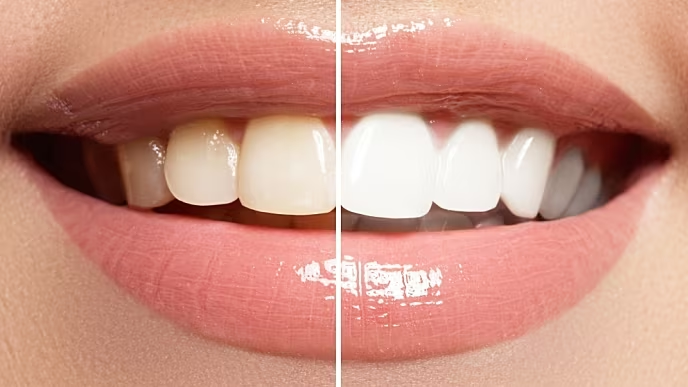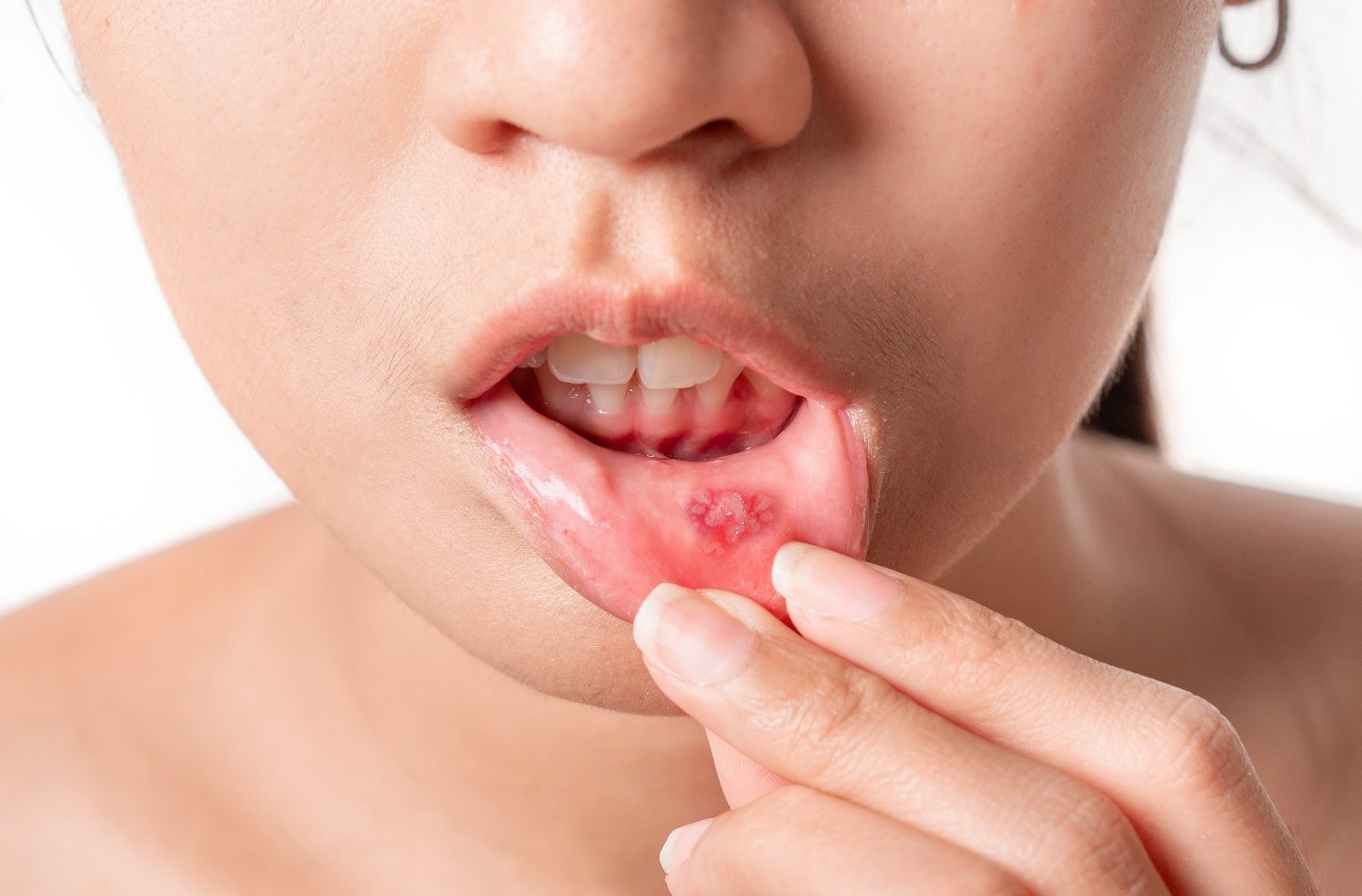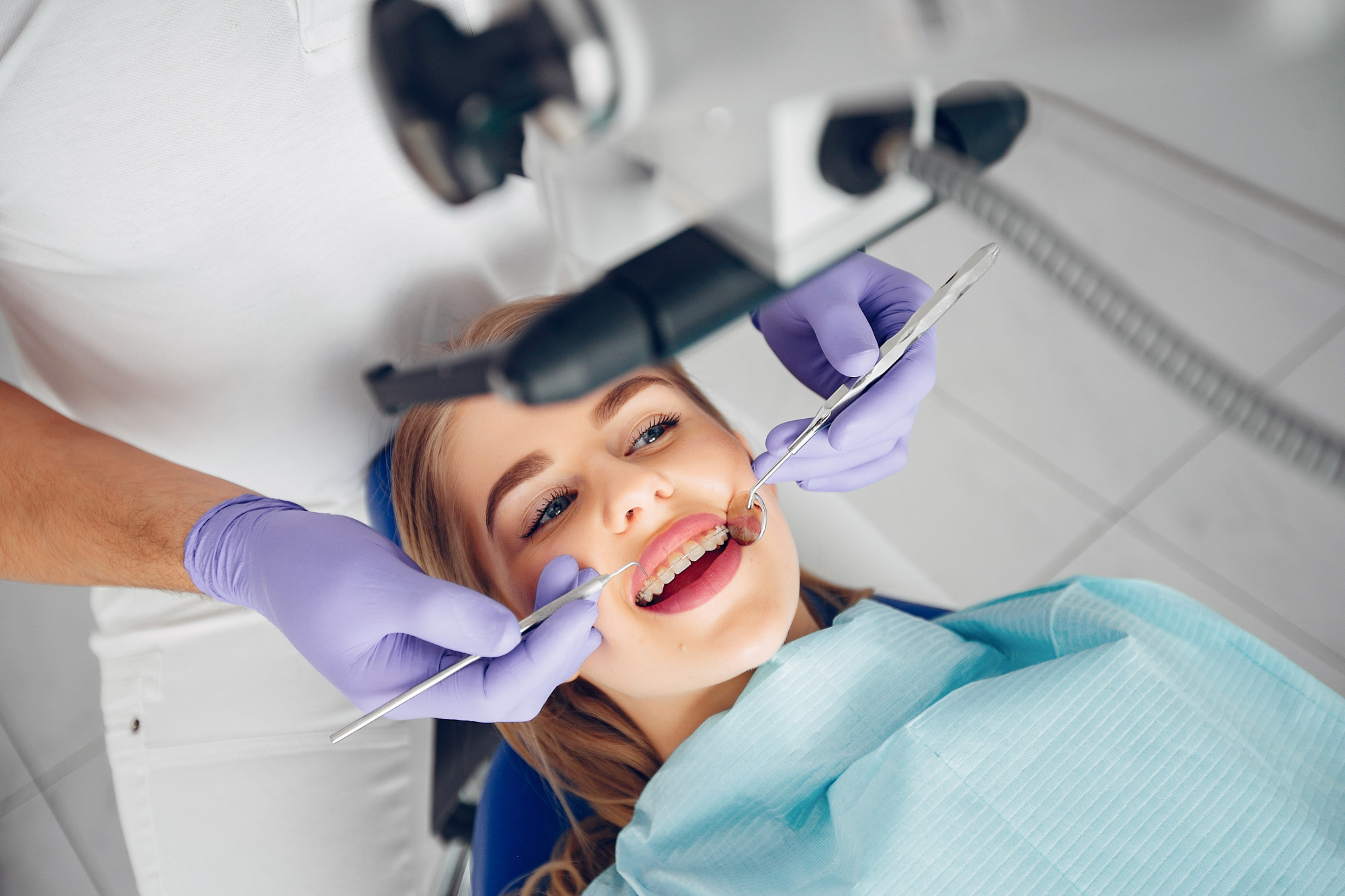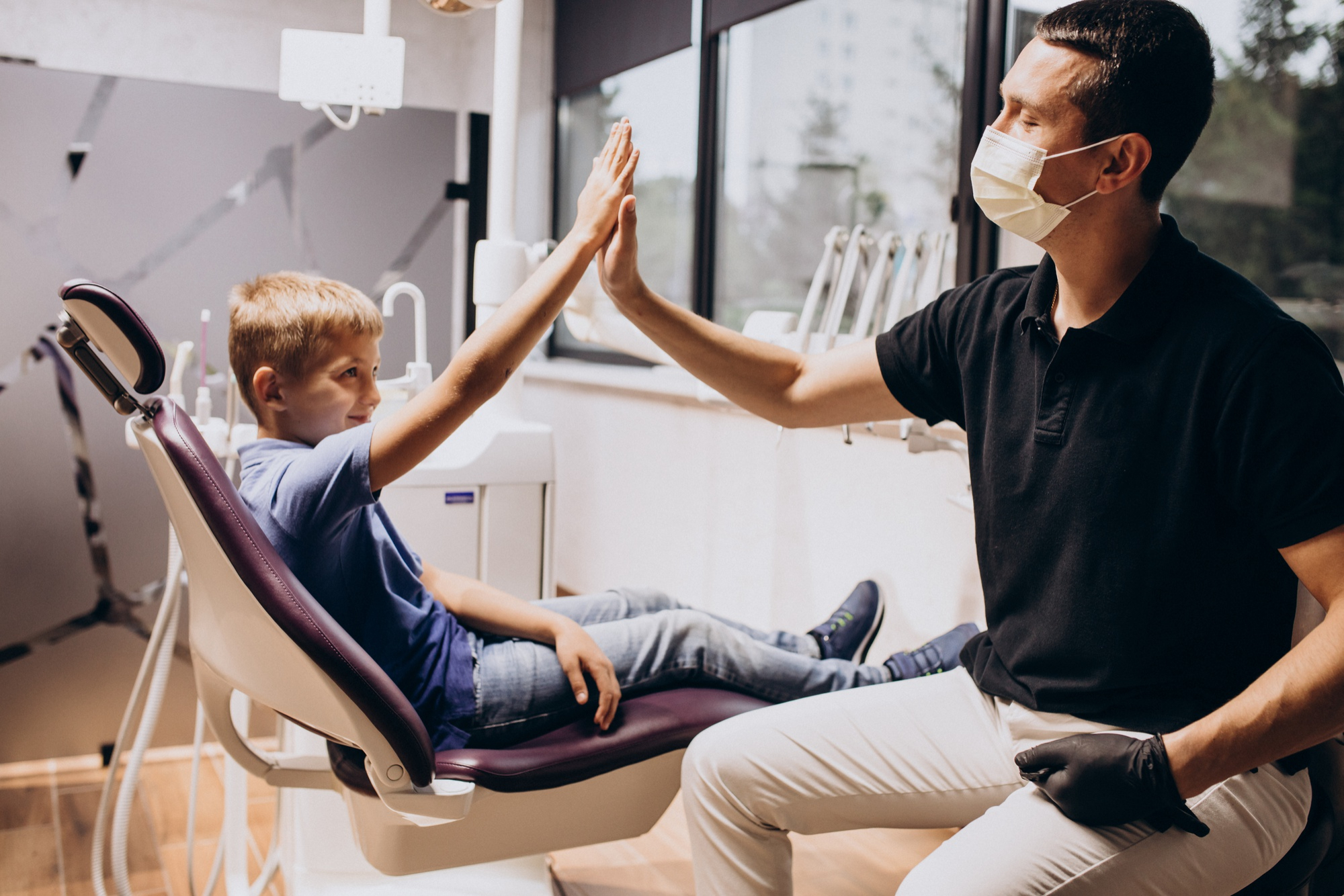Teeth Whitening
06.08.2024Teeth whitening is a procedure used to clean and brighten the natural color of teeth. This process involves removing stains and discoloration from the surface of the teeth, resulting in a whiter and brighter appearance.
Teeth whitening can be performed using several methods:
-
Professional whitening by a dentist — this procedure involves using special gels containing hydrogen peroxide or carbamide peroxide under the supervision of a dentist.
-
At-home teeth whitening — this method uses special kits designed for home use, which include whitening gels and trays. The procedure can be repeated over several weeks.
-
Whitening toothpaste and chewing products — these products are less effective but can be used on a daily basis.
It is important to consult with a specialist to determine which method will be the most effective and safe.
Professional teeth whitening by a dentist is generally more effective and faster than at-home procedures. Here’s how this process typically works:
-
Consultation and Examination: The dentist will assess the condition of your teeth, evaluate their health, and determine if whitening is feasible. The desired shade of white will also be discussed.
-
Preparation: The patient is comfortably seated in a chair. Gums and mucous membranes are isolated with special protective materials to prevent the whitening gel from affecting them.
-
Application of Whitening Gel: A special gel containing hydrogen peroxide or carbamide peroxide is applied to the surface of the teeth. These active ingredients react with stains on the enamel and remove them.
-
Activation: The gel is activated using a special light, laser, or heat. This process usually lasts 15-30 minutes and may be repeated several times until the desired result is achieved.
-
Removal of Gel and Assessment: After the procedure, the dentist will remove the gel from the teeth and assess the results. If necessary, an additional treatment may be performed.
-
Post-Procedure Instructions: The patient will receive instructions on how to care for their teeth after the procedure to maintain the results. This may include using specific toothpaste to preserve the whitening effect and avoiding foods that cause discoloration.
Professional whitening is a quick and effective method, but it is important to follow the specialist’s recommendations and maintain proper care to keep the results.
After teeth whitening, proper care is essential to maintain the results for as long as possible. Here are some tips:
-
Daily Hygiene: Continue brushing your teeth twice a day and use dental floss. Special attention should be given to oral hygiene after whitening.
-
Whitening Toothpaste: Use toothpaste designed for whitening maintenance. This helps keep teeth white and prevents new stains from forming.
-
Avoid Stain-Causing Foods and Drinks: For some time, avoid coffee, tea, red wine, cola, sauces, and other pigmented foods and beverages. If you do consume them, it is recommended to brush your teeth or rinse your mouth afterward.
-
Avoid Tobacco: Smoking and other tobacco products significantly reduce the longevity of the whitening effect. Avoid tobacco products to maintain the whiteness of your teeth.
-
Use Straws: Use straws when drinking pigmented beverages to minimize contact with your teeth.
-
Regular Professional Cleanings: Schedule regular visits to the dentist for professional cleanings to prevent plaque and tartar buildup, which can cause tooth discoloration.
-
At-Home Whitening Products: Sometimes, a dentist may recommend at-home whitening kits, which include trays and gels. Use these only under the guidance of your dentist.
-
Regular Dental Visits: Periodic visits to the dentist and professional check-ups will help maintain your oral health and the results of whitening.












